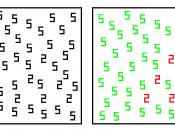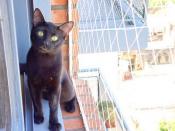What does this statement mean and do you think it is a fair representation of the relationship between perception, emotion, reason and language? (this is included in the title)
To interpret the world and to gain knowledge, people have developed several ways of knowing. These are considered to be perception, emotion, language and reason. The question "all of the other ways of knowing are controlled by language" is a statement that requires further investigation and reflection. Is this really a fair representation of the relationship between these four factors?
In a way these four; perception, emotion, language and reason are closely tied together. Perception is often influenced by emotions (which plays a great part in human behaviour), the impressions are then expressed through language, and language is used to communicate thoughts and to reason with people or simply to seek clarity and order. By assuming that the essay question is right, one automatically puts language above the three other ways of knowing.
One would claim that without language knowing would be impossible, that only language could create reality. Does language direct perception, emotions and reason or simply that these are interdependent to some extent?
To begin with language can be defined as 'use of words in agreed way as means of human communication, communication of thoughts and feelings through a system of arbitrary signals, such as voice sounds, gestures, or written symbols. Thus, it follows that the structure of language restricts thought, which is part of the process of acquiring knowledge, and therefore knowledge. An inference can therefore be drawn that there would be no loss in the fidelity of information as it gets transmitted from one human to another. To understand better let me take an example of the data formats in computers. In computers, information is represented as...


